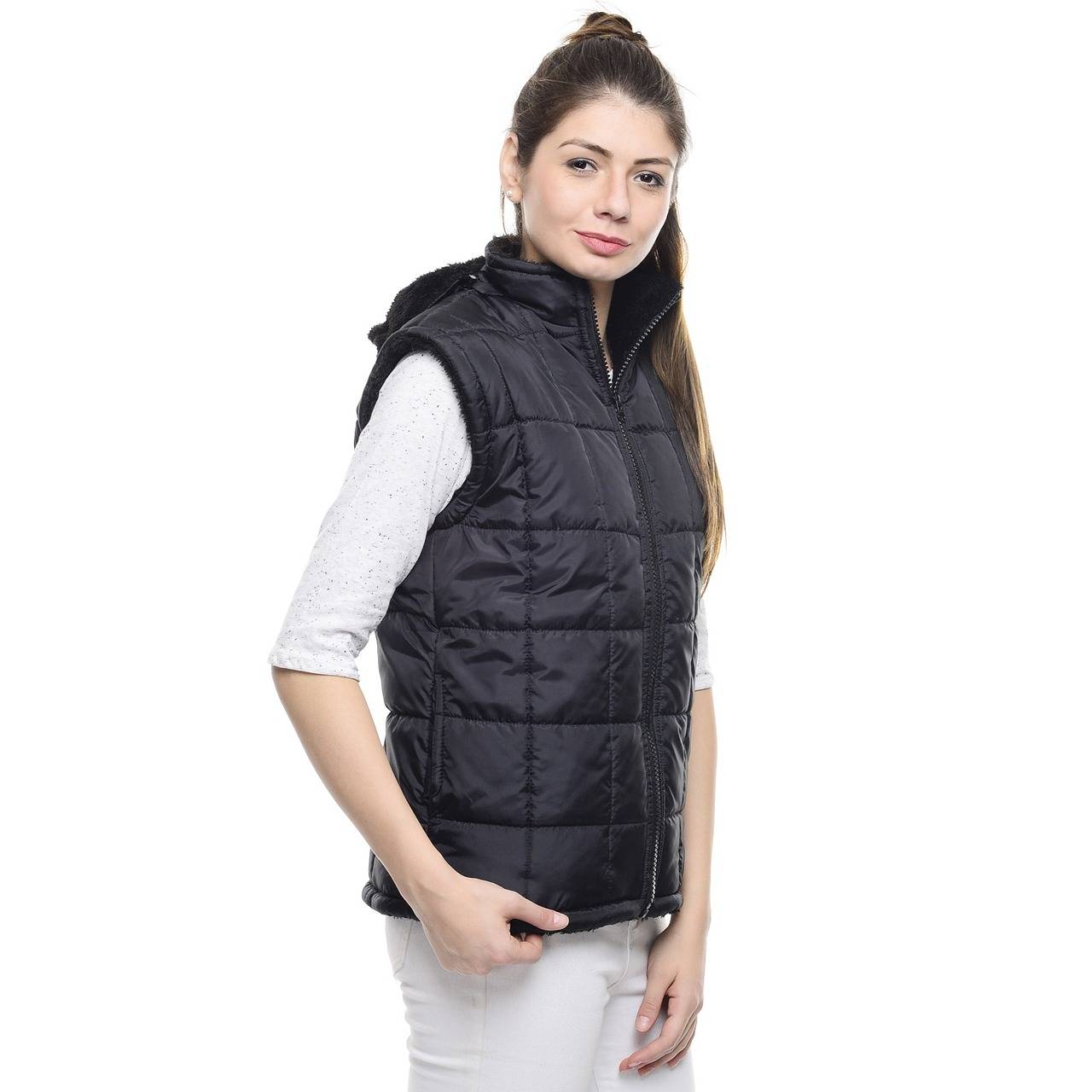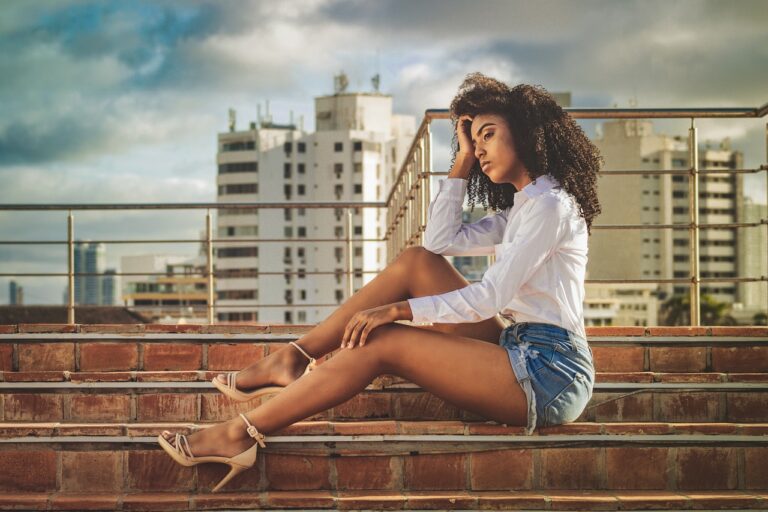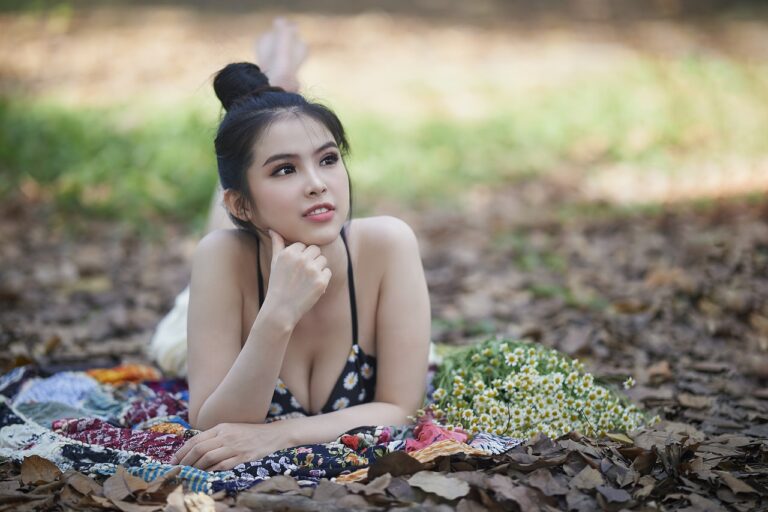Fashion and Literature: How Books Inspire Fashion Trends
Designers often turn to books as a wellspring of inspiration for their creative ventures. The written word has the power to evoke emotions, create imagery, and transport individuals to different worlds. By immersing themselves in various literary works, designers can infuse their designs with unique narratives and perspectives.
Classic novels, poetry, and non-fiction texts offer designers a rich tapestry of themes, characters, and settings to draw from. From the opulent settings of Victorian novels to the rebellious spirit of Beat Generation literature, books provide a treasure trove of ideas for designers seeking to craft meaningful and innovative creations. By weaving elements of storytelling into their designs, creatives are able to add depth and complexity to their work, captivating audiences and leaving a lasting impact.
The Influence of Classic Literature on Runway Trends
Classic literature has been a longstanding source of inspiration for many designers in the fashion industry. From Shakespearean tragedies to Dickensian tales, the timeless stories and themes have translated onto the runway in various ways. Designers often draw upon the rich visuals and emotions evoked by these literary works to create collections that capture the essence of the past while remaining relevant in the present.
Runway trends influenced by classic literature can be seen in the intricate patterns, opulent fabrics, and romantic silhouettes that grace the catwalk. Designers infuse their collections with elements reminiscent of bygone eras, including corsets, ruffles, and billowing sleeves that harken back to the pages of great literary works. The fusion of fashion and literature creates a beautiful narrative on the runway, captivating audiences with its blend of history and modernity.
How do designers use classic literature as a source of inspiration for their runway trends?
Designers often look to classic literature for themes, motifs, and imagery that can be translated into their designs. They may draw inspiration from the settings, characters, or emotions evoked in well-known works of literature.
Can you give examples of how classic literature has influenced runway trends in the past?
Certainly! For example, designers have drawn inspiration from the decadence and opulence of F. Scott Fitzgerald’s “The Great Gatsby” for their collections, incorporating elements such as flapper dresses and art deco detailing.
Are there any specific trends that have been directly inspired by classic literature?
Yes, there have been instances where trends such as Victorian-inspired silhouettes, military detailing from war novels, and romantic lace from classic love stories have made their way onto the runway due to their literary influences.
How does the influence of classic literature on runway trends impact the fashion industry as a whole?
The influence of classic literature adds depth and meaning to fashion collections, allowing designers to create more thoughtful and impactful designs. It also provides a way for fashion to intersect with other art forms, enriching the creative landscape of the industry.





